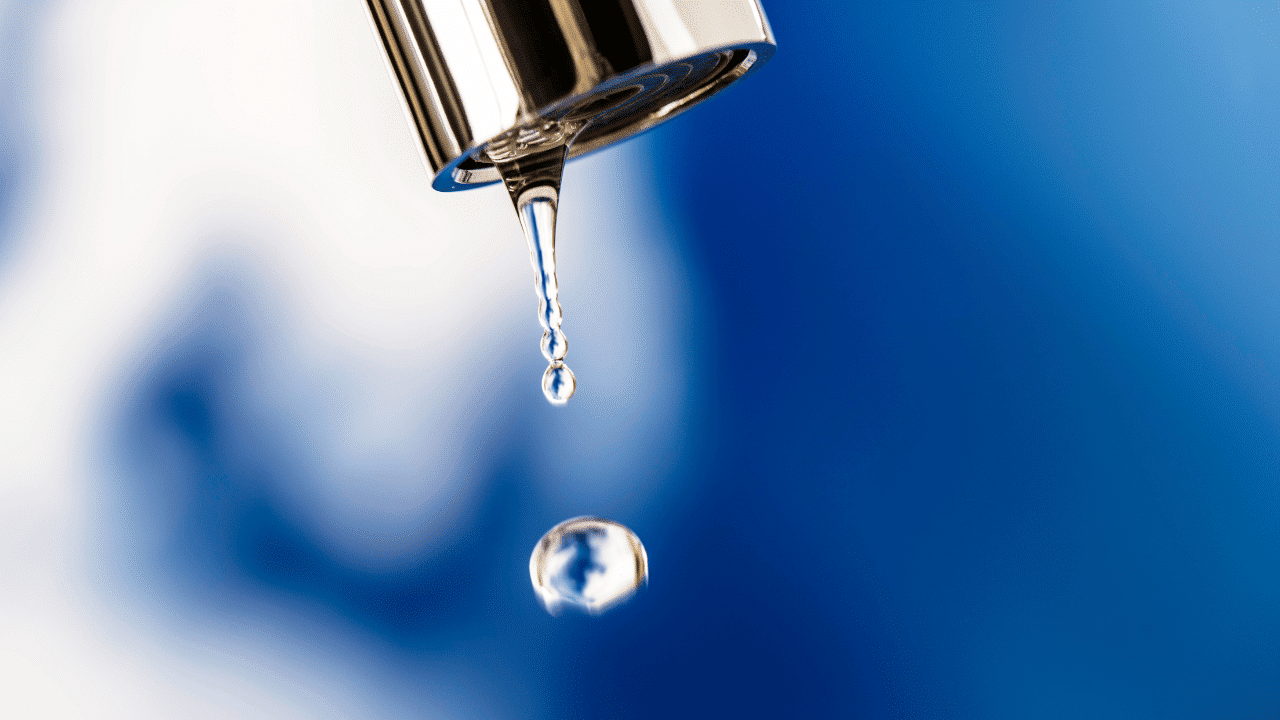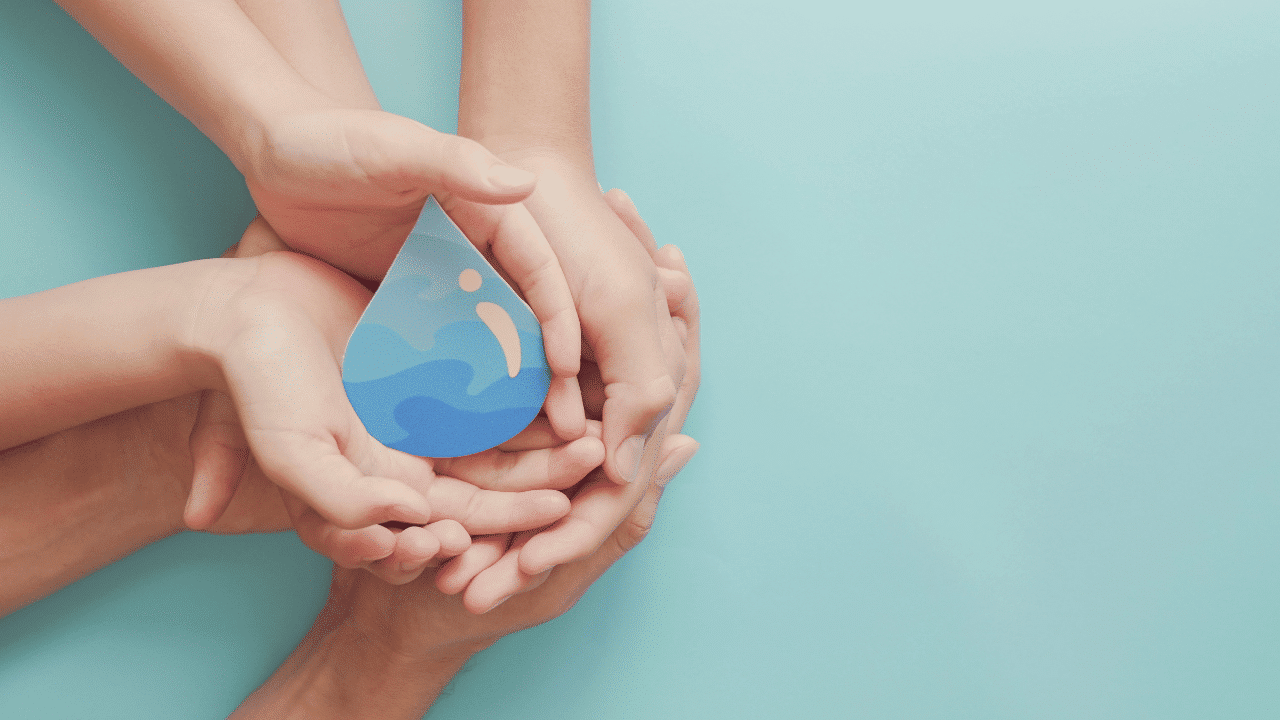Last Updated on September 7, 2023 by Pro Handyman Australia – Editorial Team
Water conservation is not just about safeguarding our planet; it also has the dual advantage of being cost-effective. As summer approaches, and water usage inevitably surges, adopting water-saving strategies becomes essential to keep those utility bills in check.
The Alarming State of Water Scarcity
The alarming reality is that numerous communities nationwide are grappling with water shortages. The West, in particular, is bearing the brunt of this crisis. Currently, it is undergoing its most severe “megadrought” in over a millennium, a drought that has persisted for an astounding 22 years. This emphasizes the urgency to adopt water-saving habits and measures in our daily lives.
The Dual Benefit of Water Conservation: Planet and Pocketbook
The Imperative of Water Conservation Conserving water is more than just a gesture of goodwill towards our planet; it’s a pragmatic strategy with tangible benefits both for the environment and our finances.
Environmental Implications of Water Usage When we diligently conserve water both inside and outside our residences, we are reducing the strain on freshwater sources such as rivers, bays, and estuaries. This not only preserves the intricate balance of these ecosystems, safeguarding the flora and fauna, but it also minimizes the resources spent on treating wastewater and saltwater. Consequently, this leads to reduced air pollution and promotes a healthier environment.
Economic Advantages of Saving Water It’s startling to note that the typical American household consumes over 300 gallons of water daily, leading to annual expenses exceeding $1,000 on water and sewage. Contrary to the common perception that lawns are the primary culprits, the bulk of water consumption occurs indoors. By implementing a few straightforward measures, families can significantly cut down on their water bills over time.
Strategies to Reduce Water Consumption in Your Home
There’s a myriad of ways you can economize on water, ranging from outdoor practices to indoor habits, spanning various rooms in your home.

Outdoor Conservation Techniques
- Opt for Taller Grass: Adjust your mower settings to ensure that the grass height remains above three inches. This tactic encourages deeper root growth and enhanced moisture retention in the soil.
- Strategic Lawn Hydration: A mere inch of water weekly suffices for most lawns. Should there be substantial rainfall, one can skip watering for up to two weeks. Several methods can be employed to hydrate your lawn without the hose:
- Rainwater Harvesting: Design a rain garden to channelize rainwater effectively or use containers to capture rainwater, redirecting it to desired locations.
- Recycle Shower Water: As you await your shower to reach the desired temperature, collect the initial “warm-up” water. This can later serve to quench the thirst of your lawn and plants.
- Eco-friendly Car Wash: Opt to wash your car near or on your lawn, ensuring the use of environment-friendly detergents.
- Re-use Kitchen Water: Save the water used for rinsing fruits or vegetables and redirect it to your plants and lawn.
- Limit Water in Cleaning: Choose to sweep your driveways, pathways, and garage floors rather than hosing them down.
- Mulch for Moisture: Mulching around trees and plants is invaluable. It not only reduces evaporation but also keeps weeds at bay. A thickness of two to four inches of organic material around your plants can curb water run-off.
Smart Water Practices in the Bathroo
Water conservation starts with an awareness of our daily habits and how they impact both our environment and utility bills. Here are some strategies to consider in the most private room of your house, the bathroom:
- Spotting and Repairing Leaks: Studies show that a significant amount of water gets wasted due to undetected leaks in homes. A small faucet drip might result in 15 gallons of wasted water daily. To identify toilet leaks, add food coloring to the tank; if the bowl shows color after thirty minutes, you likely have a leak. Also, inspect areas under your dishwasher and washing machine for potential leaks. Addressing these promptly can significantly reduce water wastage.
- Mindful Brushing Habits: Simply turning off the tap while brushing your teeth can conserve up to 50 gallons of water every week.
- Smart Razor Rinsing: Use a mug of warm water to clean your razor rather than letting the tap run. Bonus: water your plants with this after.
- Time-efficient Showers: Aim to limit your shower to five minutes, potentially saving over 10 gallons with each use. However, if indulging occasionally, try not to exceed 10 minutes.
- Opt for Efficient Appliances: Installing low-flow showerheads and toilets is an impactful water-saving measure. As a DIY tip, placing a brick in your toilet’s tank can also serve the purpose.
- Upgrade to High-efficiency Toilets: Investing in high-efficiency toilets can result in savings of up to 35 gallons daily.
- Sensible Bathing: For those who prefer baths, filling the tub only halfway can save about 20 gallons per use.
- Rethink the Flush: If your household is open to the idea, consider not flushing after only urinating—this can save approximately 1.5 gallons with each flush.
- Tissue Disposal Tip: Discard tissues in the trash rather than flushing them.
Kitchen Water Wisdom

The kitchen, a hub of daily activity, offers ample opportunities for water conservation:
- Embrace the Dishwasher: Surprisingly, using a dishwasher, especially modern models, is often more water-efficient than washing dishes by hand.
- Compost Over Disposal: Rather than using the garbage disposal, start a composting habit. This enriches the soil and reduces the need for additional watering.
- Consistent Dishware Use: If you’re hydrating frequently, stick to using a single glass throughout the day.
- Eco-friendly Food Thawing: Rather than using running water, allow frozen items to defrost in the refrigerator.
- Ice Cube Reuse: Instead of tossing stray ice cubes into the sink, give them to your houseplants.
- Conscious Meat Consumption: The water footprint of meat, particularly beef, is high, with about 1,847 gallons of water going into producing a pound of beef. One fun way to conserve is by adopting Meatless Mondays, which can lead to an annual saving of nearly 100,000 gallons of water if practiced weekly.
Smart Laundry Habits for Water Conservation
Your washing machine, if used efficiently, can make a tremendous difference in your household water consumption. Here’s how to optimize every load:
- Opt for Full Loads: Although it might seem convenient to wash smaller loads more frequently, it’s more efficient to wait until you have a full load. Many washing machines consume the same amount of water regardless of the load size. However, modern washing machines with load-sensing features adjust water usage based on the load, making them an excellent investment for water-conscious households.
- Front-load vs. Top-load: Front-loading washing machines have a reputation for using water more efficiently compared to their top-loading counterparts. If you’re considering buying a new washer, it might be worth researching the benefits of both types.
- Address Stains Directly: Pre-treating stains on your clothes ensures that you won’t need to wash them multiple times, reducing both water and energy use.
Additional Effective Water Conservation in Everyday Life

Oral Care: A Water-Saving Opportunity
While many might not draw a direct connection between brushing teeth and water wastage, the two can often go hand in hand. An easy experiment to visualize this wastage is to place a pot in the sink while brushing. Multiply the collected water by the number of times you brush daily and the number of members in your household. The cumulative wastage is staggering. A simple act of turning off the faucet during brushing can lead to substantial savings.
Addressing Household Leaks
Visible leaks, such as a dripping faucet, are easy to spot. However, hidden leaks, often under sinks or toilets, might escape your notice. A seemingly innocuous drip can accumulate to substantial wastage over the year. Addressing these leaks promptly is a straightforward way to conserve water and reduce bills.
Rethinking Your Bathing Routine
If you’re someone who showers briefly, switching from a bath can lead to significant water savings. Using a low-flow shower head and keeping showers to about 10 minutes can halve the water usage compared to a bath. For longer routines, beyond 30-45 minutes, a bath might be more water-efficient than a prolonged shower.
Toilet Upgrades and Usage Habits
An easy DIY tip to transform your standard toilet into a low-flow version is to place a filled water bottle (with water and rocks) in the toilet tank. This displacement technique reduces the amount of water needed per flush. Additionally, be judicious about what goes into the toilet. Avoid flushing tissues or other non-biodegradable items. Opt for the trash can instead, saving several gallons of water with each non-flush.
Repurposing Water
When boiling food items, like pasta or eggs, consider collecting the drained water. This nutrient-rich water can be a great supplement for watering plants or gardens. By repurposing this water, you not only reduce wastage but also save on additional water from garden hoses.
Efficient Appliance Use
Operating appliances like dishwashers or washing machines only when they’re full ensures optimal water usage. While some appliances have adjustable settings, they might still overuse water for smaller loads.
Cold Water Storage
Storing water in the fridge serves dual purposes. It provides an instant supply of cold water, eliminating the need to let the faucet run, and it contributes to marginal water savings, an essential step towards overall conservation.
Investing in Efficient Appliances
As appliances wear out, consider replacing them with water-efficient models. While the initial investment might be higher, the long-term savings in water and money are substantial. From low-flow showerheads to water-efficient dishwashers, the market offers myriad options for the conscious consumer. Adopting these changes can lead to immediate water savings without any significant shifts in daily habits.
Conclusion
In the ebb and flow of our daily routines, water, like time, often slips through our fingers unnoticed and unappreciated. Yet, as the global community awakens to the stark reality of dwindling water resources, the value of each drop becomes ever more evident. The practical water-saving hacks discussed throughout this blog illuminate a path forward for individuals to play a vital role in this global initiative, emphasizing that change begins at home.
While some of these hacks might appear rudimentary, their collective impact is profound. The call to action is not just about adopting a handful of practices but embracing a paradigm shift in our relationship with water. It’s about moving from a mindset of abundance and taking for granted to one of conservation and gratitude.
The challenge of water conservation transcends regional boundaries and socioeconomic statuses. It serves as a binding force, uniting communities, countries, and continents in shared responsibility. Every drip saved, every faucet turned off timely, and every conscious effort to repurpose water contributes to a collective reservoir of hope and sustainability.
Additionally, it’s worth noting that the journey towards water conservation is paved with multifaceted benefits. Apart from the evident environmental advantages, such practices can lead to significant financial savings, foster a sense of community through shared goals, and even instill a deep sense of purpose in individuals, knowing they’re contributing to the betterment of the planet.
In concluding, water-saving hacks are not just quick tips to be read and forgotten. They’re a clarion call to humanity to rise, evolve, and ensure that future generations inherit a planet where water – the essence of life – flows freely, untainted, and cherished. Let these hacks serve as daily reminders of our duty to the planet and our commitment to a sustainable future. In adopting these measures, we not only save water but also preserve the delicate balance of our ecosystems, ensuring that the world we leave behind is one of abundance, harmony, and life.
